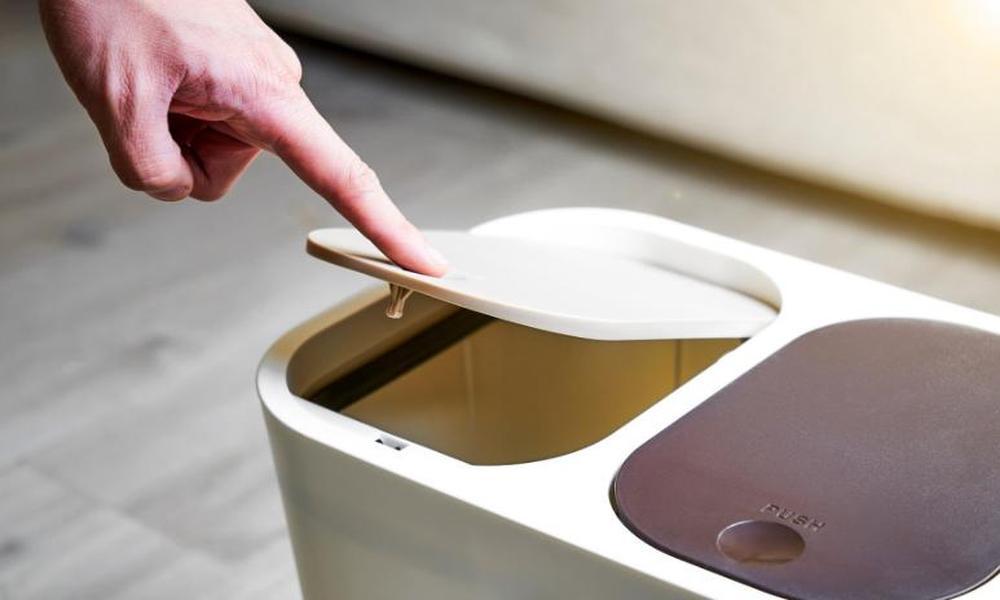Hygiene containers, alternatively known as sanitary bins, are the unsung heroes of public restrooms. Their role in maintaining cleanliness and promoting health often goes unnoticed but is nonetheless crucial. This article will delve deeper into the eight key benefits of using these essential hygiene tools.
Enhanced Cleanliness: The Foundation of a Healthy Environment
First and foremost, these bins play an instrumental role in upholding cleanliness standards. They provide a specific, contained space for the disposal of sanitary waste. This eliminates the risk of improper disposal that can lead to unsightly and unhygienic conditions.
By using these specialized containers, restrooms can maintain a high level of cleanliness, fostering a more pleasant environment for all users. This is particularly important in public restrooms frequented by numerous people throughout the day. The presence of a clean, well-maintained restroom can significantly enhance a visitor’s perception of the establishment as a whole.
Prevention of Blockages: Saving Time and Money
Secondly, hygiene bins serve a critical function in preventing blockages within the plumbing system. Flushing sanitary products down the toilet is a common practice that can lead to substantial clogs, resulting in costly repairs and considerable inconvenience.
The presence of hygiene containers encourages the proper disposal of these items. This simple measure can save establishments significant time and money that would otherwise be spent on fixing plumbing issues. Furthermore, it ensures the smooth operation of restroom facilities, enhancing user satisfaction.
Reducing the Spread of Diseases: A Public Health Priority
Thirdly, hygiene containers contribute to the reduction of disease transmission. Some sanitary waste can harbour harmful microorganisms. If this waste is not disposed of correctly, these pathogens could spread, posing a health risk to restroom users.
By containing potential sources of infection, sanitary bins help to curb the spread of diseases. This is especially crucial in public restrooms, where the risk of cross-contamination can be high due to the volume of users.
Promoting Environmental Responsibility: Our Collective Duty
Fourthly, the use of hygiene units demonstrates a commitment to environmental responsibility. Most sanitary products are not biodegradable and can cause significant harm to the environment if not disposed of correctly.
By facilitating the appropriate disposal and processing of this waste, hygiene units help mitigate its environmental impact. This shows the establishment’s commitment to sustainable practices, a factor that modern consumers increasingly take into account when choosing where to give their business.
Ensuring Compliance with Regulations: Avoiding Legal Pitfalls
Fifthly, many regions have strict regulations regarding the disposal of sanitary waste. Establishments that fail to comply with these laws can face hefty fines and legal repercussions. By providing hygiene bins, businesses can ensure they are compliant with these regulations, thereby avoiding potential legal issues.
User Comfort and Convenience: Enhancing the User Experience
Sixthly, these containers significantly improve the comfort and convenience of restroom users. Having a dedicated, easily accessible disposal unit within reach saves users from potential discomfort and embarrassment. This small detail can significantly enhance the overall user experience, contributing to positive perceptions of the establishment.
Increasing Perception of Care: Demonstrating Respect for Users
Seventhly, the presence of hygiene bins can increase the perception of care. A well-maintained restroom equipped with the necessary amenities sends a clear message that the establishment values its guests’ comfort and well-being. This can contribute to building a positive reputation and fostering loyalty among users.
A Cost-Effective Solution: Balancing Budget and Hygiene
Lastly, sanitary bins are a cost-effective solution for maintaining hygiene standards. While there is an initial investment involved in purchasing and installing these bins, the costs saved from avoiding potential plumbing repairs, legal issues, and loss of reputation make it a sensible choice in the long run.
Conclusion:
Sanitary bins, provide a myriad of benefits – from enhancing cleanliness and preventing the spread of diseases to demonstrating care for users. They are a vital component of any restroom, contributing significantly to a healthier, more comfortable, and more environmentally responsible environment. Despite their humble function, their impact on public health and user satisfaction should not be underestimated.

